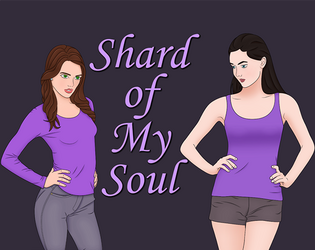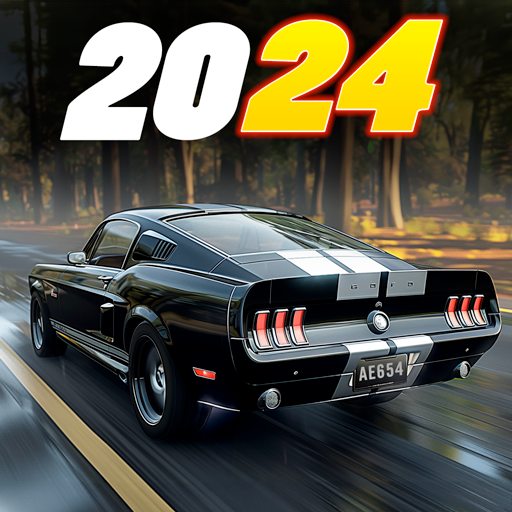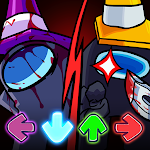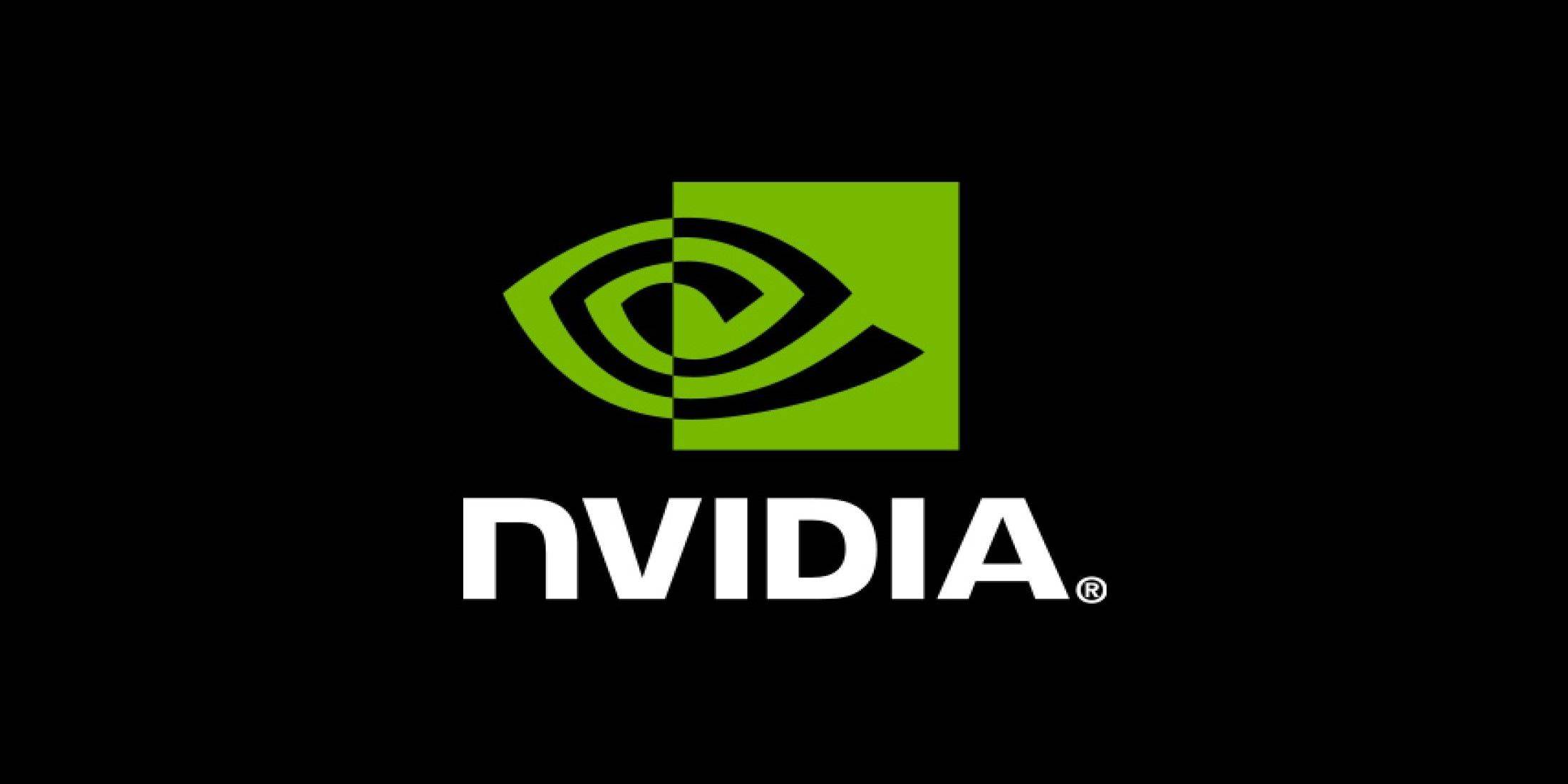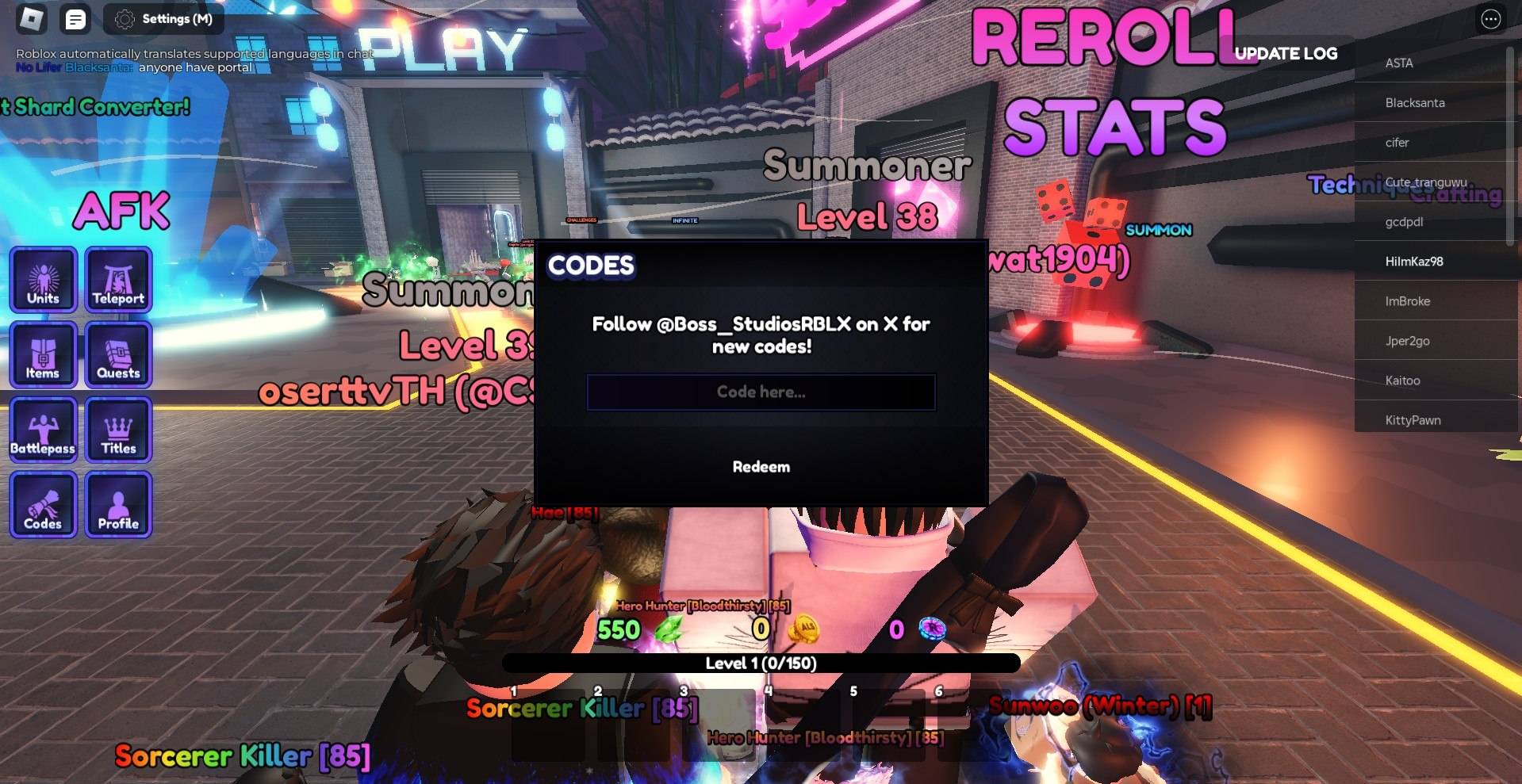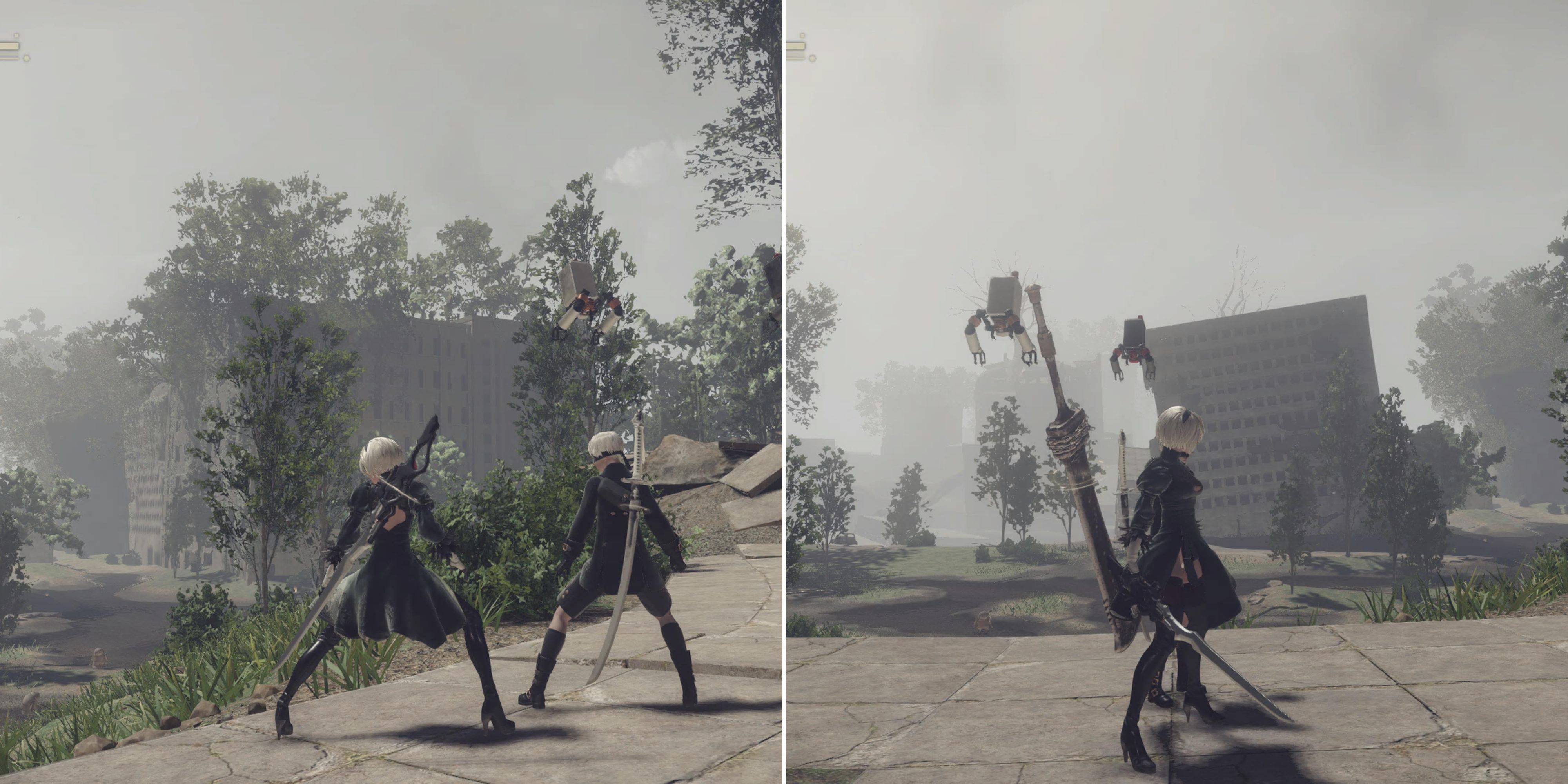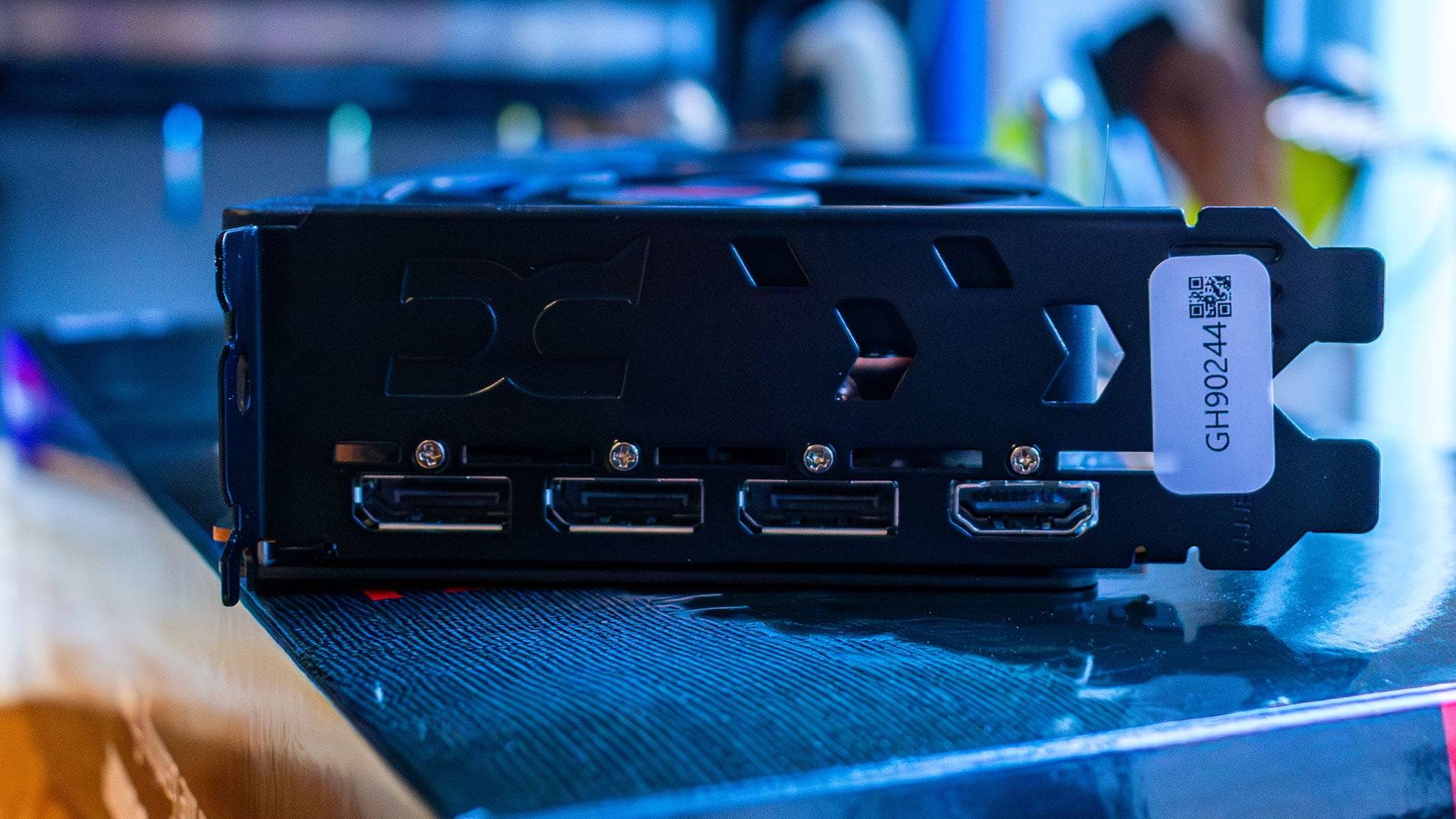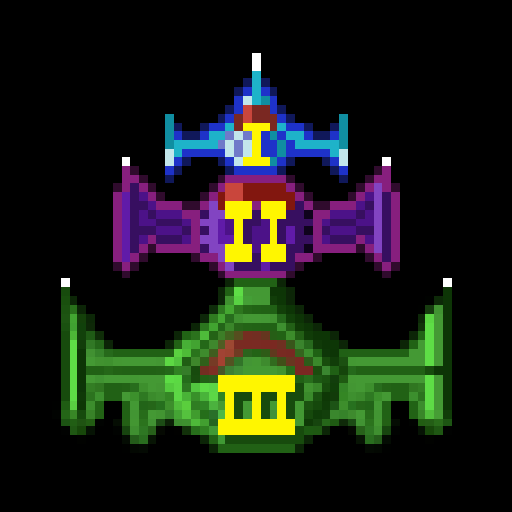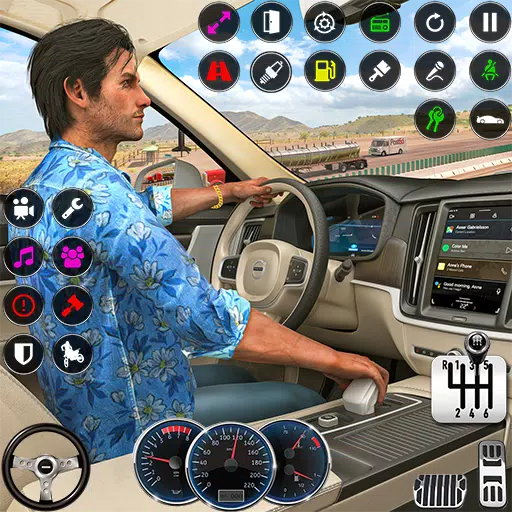Doom: The Dark Ages Marks Its Halo Moment
During a recent hands-on demo of Doom: The Dark Ages, I was unexpectedly reminded of Halo 3. Picture this: mounted on the back of a cyborg dragon, I unleashed a barrage of machinegun fire across a demonic battle barge. After taking out the vessel's defensive turrets, I landed my beast atop the ship and charged through its lower decks, reducing the entire crew to a mere splash of red. Moments later, I burst through the hull and leaped back onto my dragon, continuing my relentless crusade against Hell's machines.
Fans of Bungie's iconic Xbox 360 shooter will recognize the resemblance to Master Chief’s assault on the Covenant’s scarab tanks. While the helicopter-like Hornet is replaced by a holographic-winged dragon, and the giant laser-firing mech by an occult flying boat, the essence of the experience remains: an aerial assault transitioning into a devastating boarding action. Surprisingly, this wasn't the only Halo-like moment in the demo. Though The Dark Ages retains the unmistakable combat core of Doom, its campaign design echoes the late-2000s shooters with elaborate cutscenes and a push for gameplay variety.
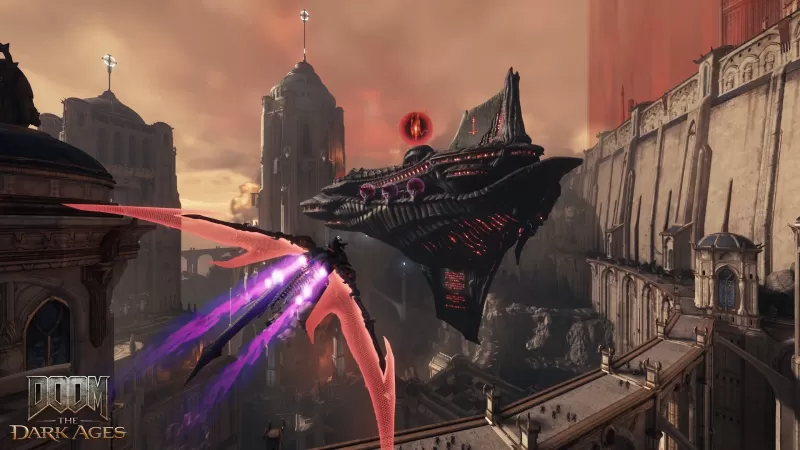 A dragon assault on Hell's battle barge. | Image credit: id Software / Bethesda
A dragon assault on Hell's battle barge. | Image credit: id Software / Bethesda
Over two and a half hours, I experienced four levels of Doom: The Dark Ages. The first level, the campaign opener, mirrored the tightly paced, meticulously designed levels of Doom (2016) and its sequel. However, the subsequent levels introduced me to piloting a colossal mech, flying the aforementioned dragon, and navigating a vast battlefield filled with secrets and powerful minibosses. This marks a significant departure from Doom's traditional focus on mechanical purity, instead drawing parallels to games like Halo, Call of Duty, and even old James Bond titles such as Nightfire, which are known for their scripted setpieces and novel mechanics.
This new direction for Doom is intriguing, especially considering the series once pivoted away from such elements. The canceled Doom 4 was set to resemble Call of Duty with its modern military aesthetic and emphasis on characters, cinematic storytelling, and scripted events. Id Software eventually scrapped these ideas in favor of the more focused Doom (2016). Yet, here we are in 2025 with The Dark Ages incorporating similar concepts.
The campaign's brisk pace is interspersed with fresh gameplay ideas that echo Call of Duty's most innovative moments. My demo began with an extensive cutscene, reintroducing the realm of Argent D'Nur, the opulent Maykrs, and the Night Sentinels – the knightly allies of the Doom Slayer. The Slayer himself is portrayed as a formidable legend, a nuclear-level threat. This cinematic approach to lore, familiar to Doom enthusiasts from previous games' codex entries, feels fresh and reminiscent of Halo. The presence of NPC Night Sentinels throughout the environment further enhances this feeling, evoking UNSC Marines, though they don't fight alongside you in the levels I experienced. It creates a sense that you're part of a larger force, much like Master Chief.
The introductory cutscene delves into character development, and it's yet to be determined whether this is necessary for Doom. I preferred the subtle storytelling of the previous games, conveyed through environmental design and codex entries, with cinematics reserved for major plot points as seen in Eternal. Despite my reservations, the cutscenes in The Dark Ages serve their purpose well: they set up missions without disrupting the game's intense flow.
However, other elements do interrupt the gameplay. Following the opening mission, which started with shotgun mayhem and ended with parrying Hell Knights using the Slayer's new shield, I found myself in the cockpit of a Pacific Rim-like Atlan mech, battling demonic kaiju. Then, I soared through the skies on a cybernetic dragon, taking down battle barges and targeting gun emplacements. These tightly scripted levels introduce significant gameplay shifts, reminiscent of Call of Duty's standout moments like the AC-130 gunship sequence in Modern Warfare or the dogfighting missions in Infinite Warfare. The Atlan mech feels slow and heavy, offering a skyscraper-high perspective that makes Hell's armies look like Warhammer miniatures. In contrast, the dragon is fast and agile, shifting to a wide-angle third-person camera that offers a vastly different experience from classic Doom.



![1xBet [Updated]](https://imgs.yx260.com/uploads/76/1719623227667f5e3be7616.jpg)

